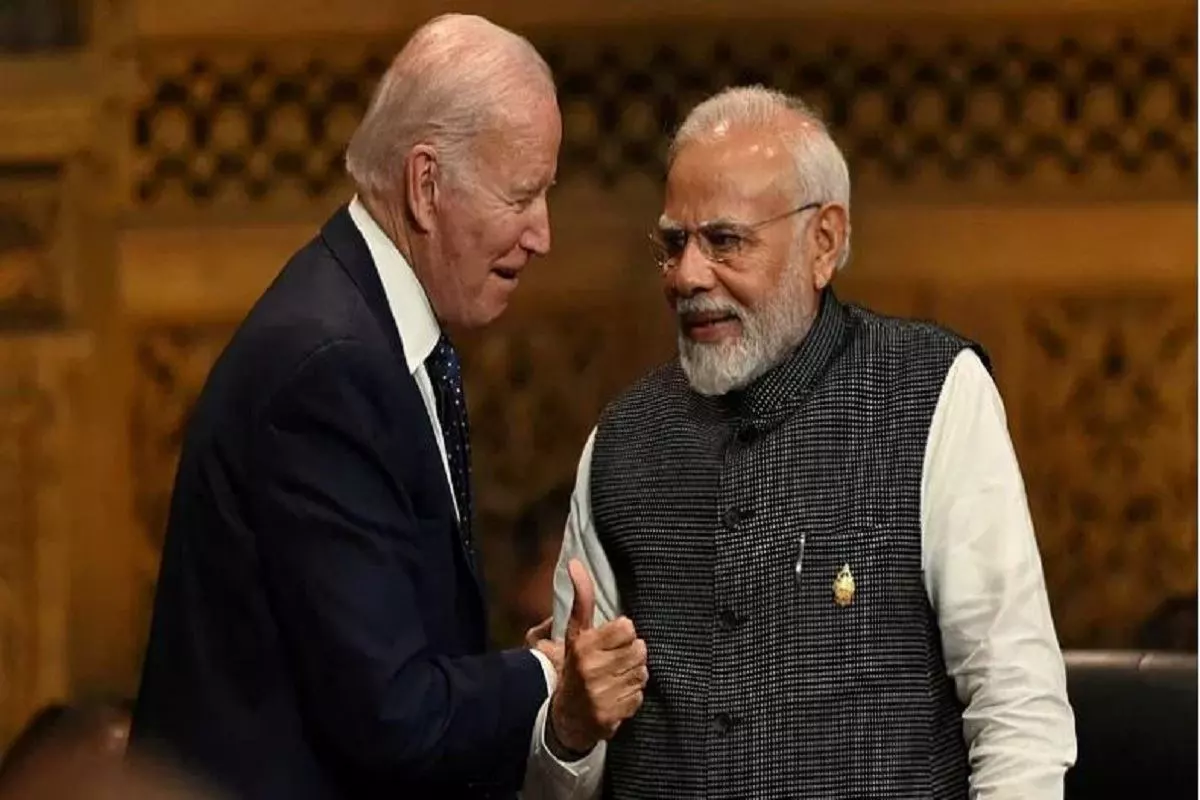
As Prime Minister Narendra Modi prepares for what is only the third state visit by an Indian leader to the United States, where do India-US relations stand today? For more than two decades, commentators in both countries have been prone to writing off relations as difficult and underwhelming, characterized more by mistrust than opportunity. Stories about differences – whether in Pakistan or Ukraine, trade or domestic politics – tend to predominate news coverage in both countries. Yet, despite some important divergences, this is a relationship in which leaders as diverse as Atal Bihari Vajpayee, Manmohan Singh, and Modi on the Indian side, and Bill Clinton, George W Bush, Barack Obama, Donald Trump, and Joe Biden on Washington have deepened their collective investment. Indeed, given the breadth of issues and structures, India-US relations are arguably better than they have ever been, to the point where even trenchant differences are now discussed with considerable candor between officials from both sides.
The singular change over the past decade or so is that the relationship now has both structure and multiple touchpoints. Strategic dialogues involving the United States and India include the Quad (along with Japan and Australia), I2U2 (along with Israel and the United Arab Emirates), the 2+2 Dialogue involving defense and foreign ministers, the Defence Policy Group (DPG), and a National Security Advisor (NSA)-led initiative on critical and emerging technologies (iCET). The two countries also have a Trade Policy Forum, a Commercial Dialogue, an Economic and Financial Partnership, a Strategic Trade Dialogue, and a CEO Forum. The agenda has further widened with cabinet-level discussions that include the Strategic Clean Energy Partnership and Higher Education Dialogue, and India is also involved in three of the four pillars of the Indo-Pacific Economic Framework (IPEF). But it is worth taking stock of what all these discussions have accomplished – or are attempting to achieve – as well as areas of continuing divergence.

















